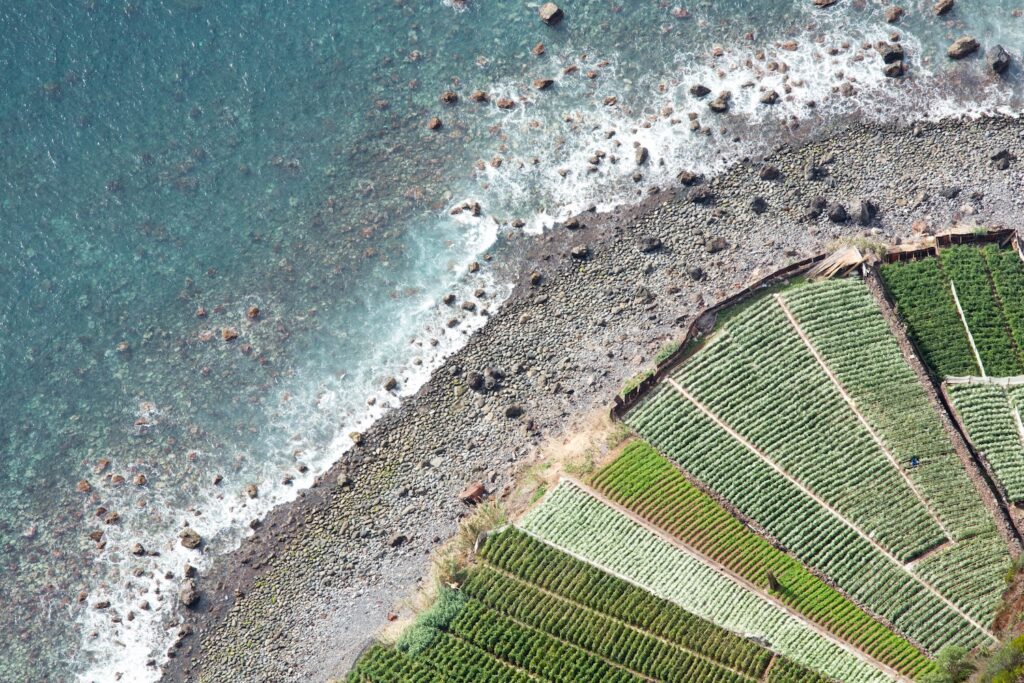This video lesson will address the question of dual UNESCO heritage, that is, a physical site and an intangible element.
These two forms of UNESCO recognition resulted from the Convention for Protection of Natural and Cultural World Heritage of 1972, and the Convention for the Safeguarding of Intangible Cultural Heritage of 2003, respectively (under which the Mediterranean Diet was recognized).
The 1972 Convention aimed to identify the Earth’s most important physical sites in regards to their natural and cultural significance. These are monuments, national parks, architectural entities and other sites of excellence that would be added to a registry, the World Heritage list, and consequently protected by a wide variety of measures taken by local, national and international parties.
The Convention of 2003 had a similar scope to that of the 2003 Convention, but focused on intangible cultural heritage rather than physical sites. Intangible cultural heritage lies in the interface between human activity, the social environment and the physical environment.
This Convention aimed to identify traditions, cultural knowledge and oral expressions and folklore that are considered of global interest.
These intangible elements can be placed in one of three categories: the Representative List (in which the Mediterranean Diet was placed in 2010), the Urgent Safeguarding Register, and the Best Practices Registry. All three of these aim to promote awareness regarding the intangible element in question and develop methods to safeguard, preserve and manage it.
The two conventions have been ratified by the vast majority of countries in the international community at various points. As of now, the 1972 Convention has recognized over a thousand sites evaluated by natural and cultural criteria, while the 2003 Convention has recognized 364 intangible elements.
In the long process of obtaining UNESCO recognition, the first task is to distinguish between a physical site or an intangible element. It will then be imperative to solicit adequate local participation from public and private stakeholders to ensure the future management of the site or element. It is truly a bottom-up process that begins in the community. A plan must then be developed outlining the measures that are to be taken to protect, promote and properly manage the element. There is then a national pre selection administered by the National Commission to filter the UNESCO nominations. Once an element or site has been officially submitted and its nomination is complete, there is a review process lasting eighteen months after which a definitive answer will be given as to whether or not the element or site has been approved.
Another important aspect of the enrollment of an element or site concerns the transformation of the site or element’s identity from a domestic to international nature. Enrollment in a UNESCO program leads to the emergence of a community connected to the site or element in question, be it natural, historical, agricultural, social etc., with an international responsibility and presence. Local parties are tasked with maintaining regulatory measures and protecting the site or element as it is: no new changes are to be made concerning the nature of the site element.
The communities of the Mediterranean Diet followed this path of diligent cooperation to be finally recognized by UNESCO, in an important collaboration between Italy, Spain, Morocco, joined by a few additional countries in 2013. These countries are linked by a set of knowledge and traditions found in the Mediterranean basin that are deeply rooted in each country’s history and identity, the protection of which will also characterize their common future.
This is the frame of reference within which in which the Court recognized the Mediterranean diet and at the same time a path. The Mediterranean diet, which has been promoted in collaboration between Italy, Greece, Morocco and Spain and then extended to other countries in 2013, offers a set of knowledge and traditions which on one side joins the common traits of identity of the communities of the Mediterranean basin, then looks at the past, the other side instead looks to the future because it aims to create a common planning and shared between these communities that has been developed under UNESCO.

